What was requested as an “unboring” portrait session developed into an exploration of one brave black woman’s taming a serious mental health condition with self-harm.
Table of Contents
Celeste found me through Google search. Without contacting me first, she went ahead to set up a virtual meeting using my in-house online scheduler. During the meeting, she shared how she was hooked on my homepage’s motto “Take the boredom out of your images”. It was heartwarming to learn she singled me out as a daring and “unboring” photographer. I was so keen to understand how my vision could align with her goals for the photoshoot!
Clients with a Vision
In some cases, when I meet a client seeking something different, they already have an objective. Their search for a creative photographer starts after forming some sort of visual in their head, a dream. For example, an adventurous soul venturing into the woods, a fearless entrepreneur achieving success in opening her salon, a graceful dancer floating underwater, an expecting mom wanting to create a powerful maternity image like none of her girlfriends did, and so on. In that regard, their state of mind is not blank.
Photographer’s task then, is to listen carefully, develop that dream, and bring it to life.
“I Just Want Something Different”
In other cases, someone would come to me and say “I just want something different”. They just don’t know what. The process that follows isn’t much different, but requires an extra step from me—interviewing. I need to dig deep and study the character, unearthing anything that could hook that “difference” and fire up the concept.
This was Celeste’s case and wasn’t I up to a rare discovery?!
What is Dissociative Identity Disorder?
Through a set of leading questions, I found out that she has dissociative identity disorder (DID), formerly known as multiple personality disorder. It’s a rare but serious mental health condition that affects an individual’s ability to control their emotions, thoughts, and memories. People suffering from dissociative identity disorder often find it difficult to cope with it, leading them to find alternate methods to reduce their symptoms, such as self-harm. Although self-harm can provide temporary relief, it can have serious consequences.
The exact cause of dissociative identity disorder is unknown, but it is believed to be related to traumatic experiences that occur during childhood. These experiences can include physical, sexual, or emotional abuse, as well as neglect or abandonment. Celeste had such experiences. Studies have shown that people who have experienced trauma in childhood are more likely to develop dissociative identity disorder than those who have not.
The Role of Self-Harm in DID
Self-harm is often used as a coping mechanism for those suffering from dissociative identity disorder. It can provide temporary relief from the symptoms of the disorder, such as depression, anxiety, and intense emotions. It may offer a temporary distraction from the intensity of emotions, or a way to release built-up tension and pain. Self-harm can also help to numb the pain of traumatic memories and provide a distraction from the reality of daily life. Finally, it can give a sense of control or release from an overwhelming situation.
Self-harm can take many forms, such as cutting, burning, scratching, or picking at the skin. It can also include hitting or punching oneself, or engaging in other forms of self-injury. People may also engage in risky behaviors, such as drug and alcohol use, in an effort to cope with their emotions.
Celeste’s choice of self-harm is cutting. Here’s how she puts it:
When I’m living my life it’s good. When I switch and another personality comes in, it feels like I’m watching my life from a distance. I have several personalities and one really has no regard for feelings. It does and says whatever it wants and that usually leaves me in a lot of trouble. When I’m not self harming I feel numb. Seeing the blood makes me feel alive.
Developing the Story
During our brainstorming sessions, blood became the crucial element for the shoot. I needed to find a way to incorporate it. An obvious course would be to work on portraits with blood, presuming a dark mood. That part is simple for me as I’ve done some grim photoshoots… Some even think of me as an overly dramatic, dark photographer, just because they only saw those sessions. They didn’t see my other work, like this joyfully charged family photography, for example.








I wanted more than a set of dark portraits from this session. I needed to build a story, something meaningful and telling. Keeping our discussion going, I learned that Celeste:
- leaps daily between the control of her homestead and the chaos of the outside world;
- loves crafts, and sometimes use it as a way to escape the chaos;
- feels beautiful and radiating, no matter what.
I singled out these points to wrap them around our theme of blood and self-harm.
The Plot and Its Fruition
My storyline became of a wonderful, beautiful African-American woman. She’s an artist. We find her in her workshop studio, fully immersed in her craftsmanship, papier mâché. Her soul is vulnerable, hiding from the perils of the world full of unpredictable and uncontrollable events. Suddenly, one of her pieces starts bleeding, then another. The outside darkness creeps in even into her citadel. But it gets worse… The wounds transfer onto her own body. Her immediate reaction is of fear and agony. Then, she tames and adopts it. Through her art, her passion, she’s in control. She makes peace with it and makes it part of her wounded beauty.
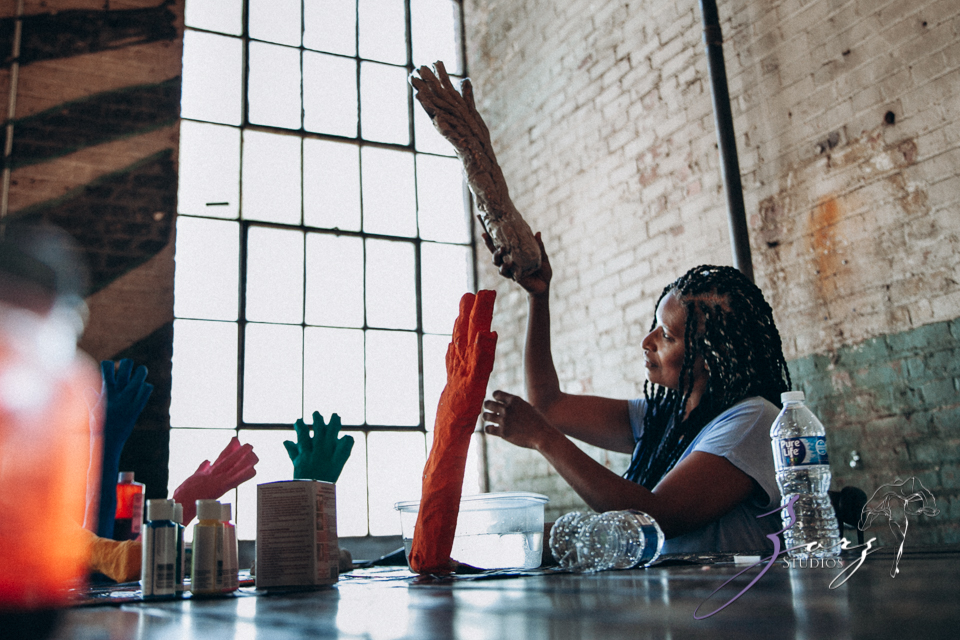
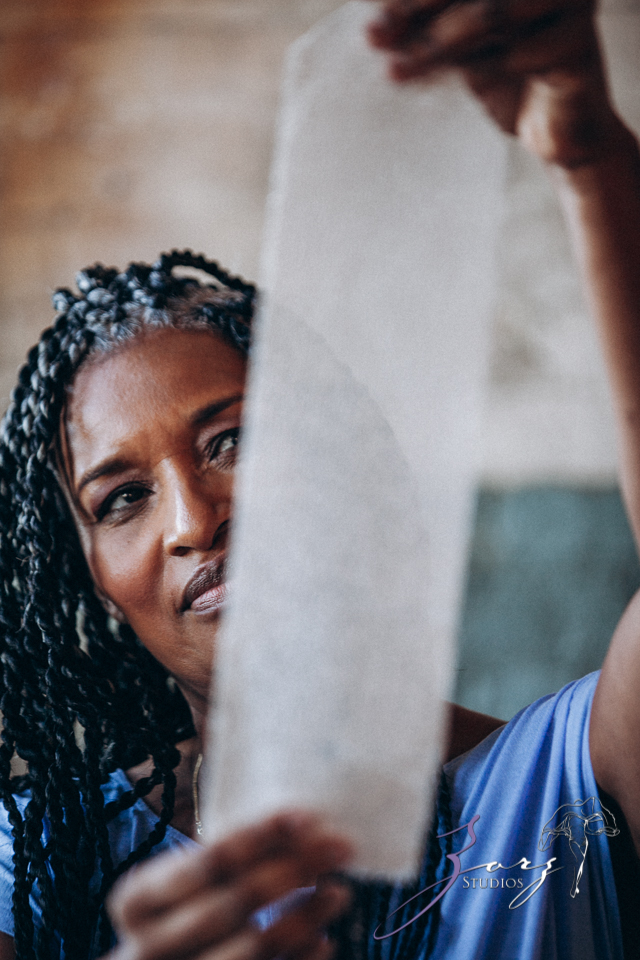
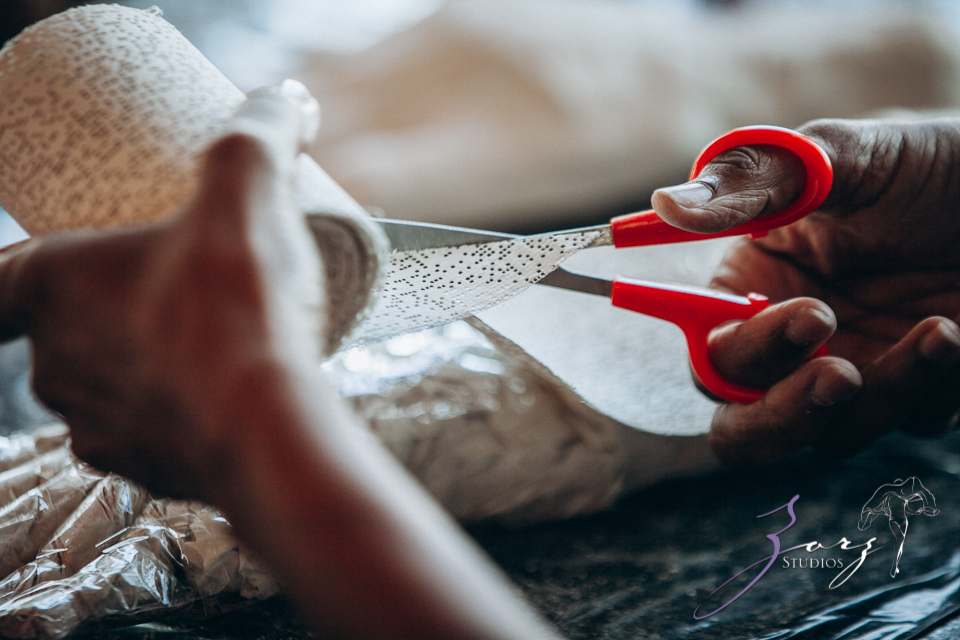
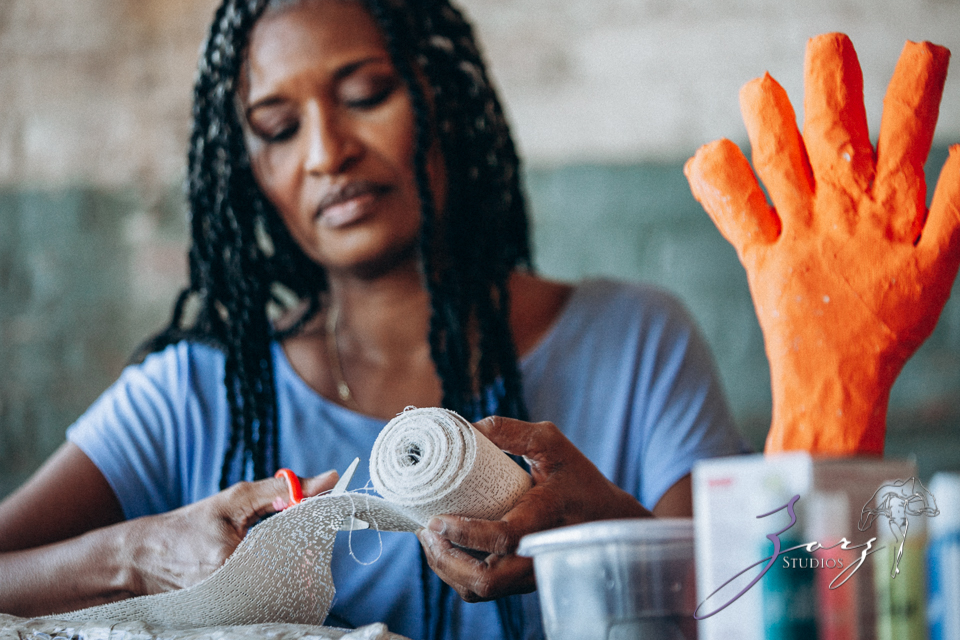
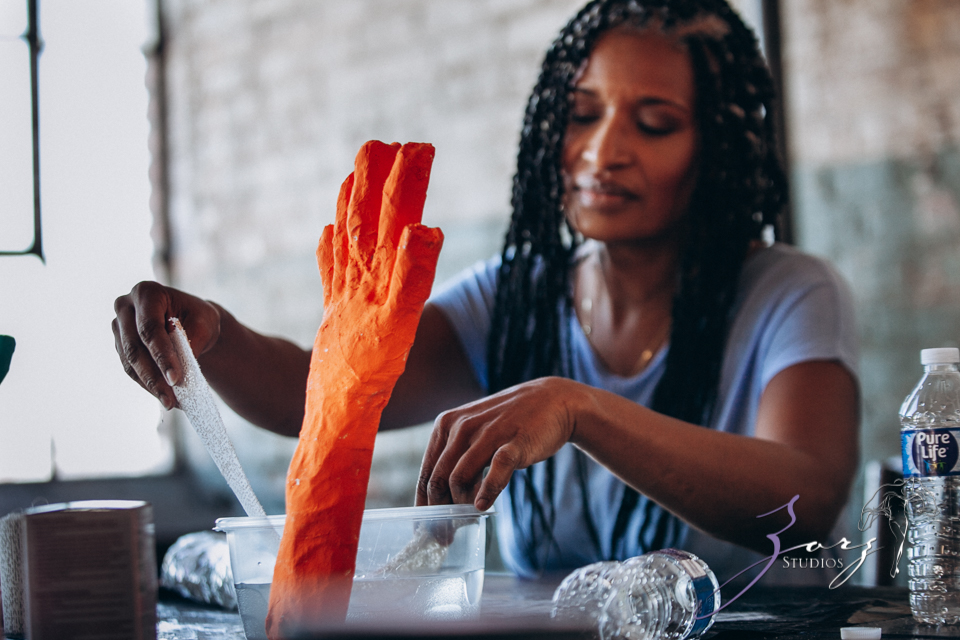
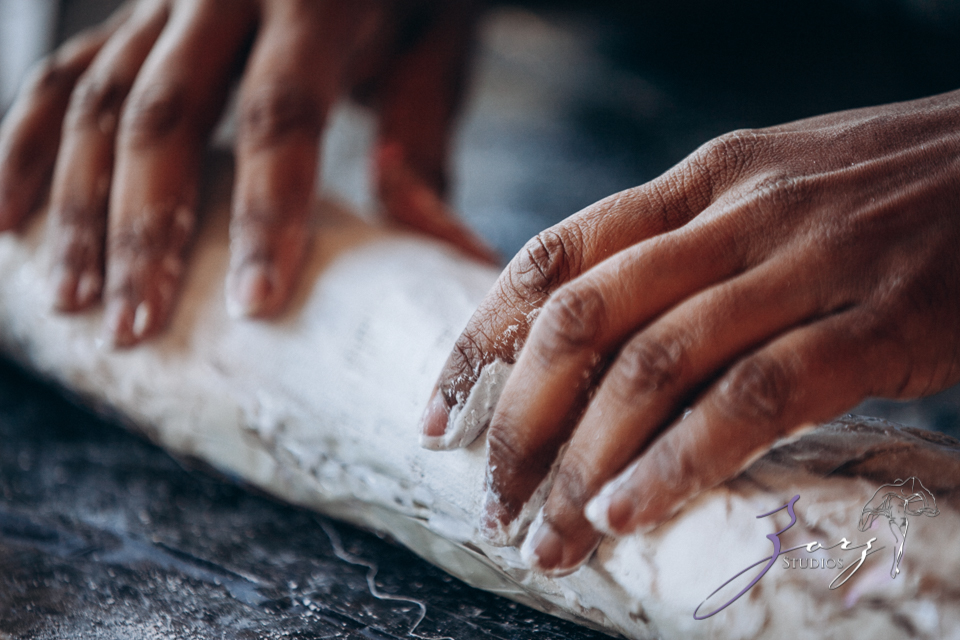
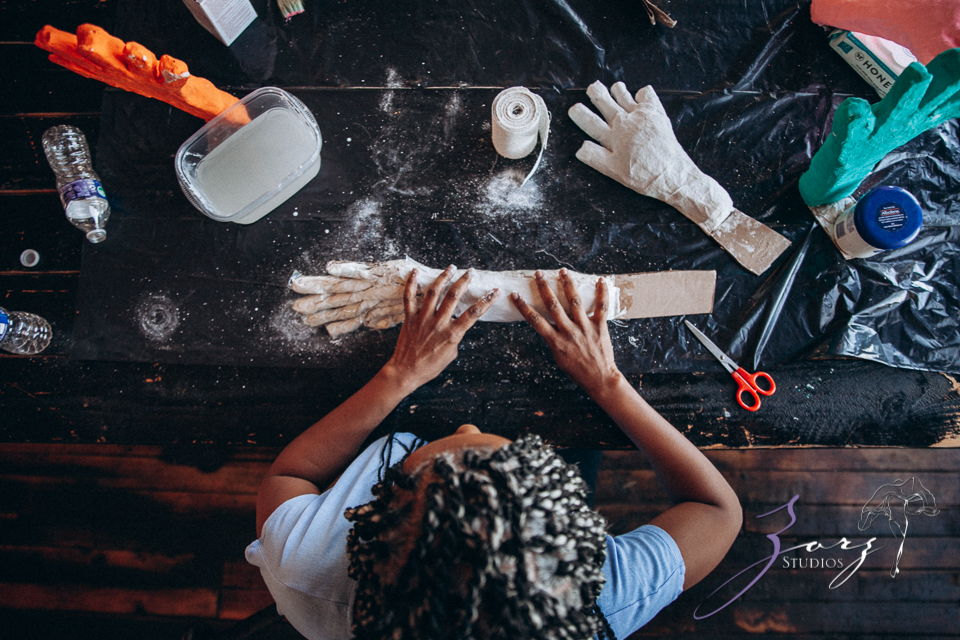
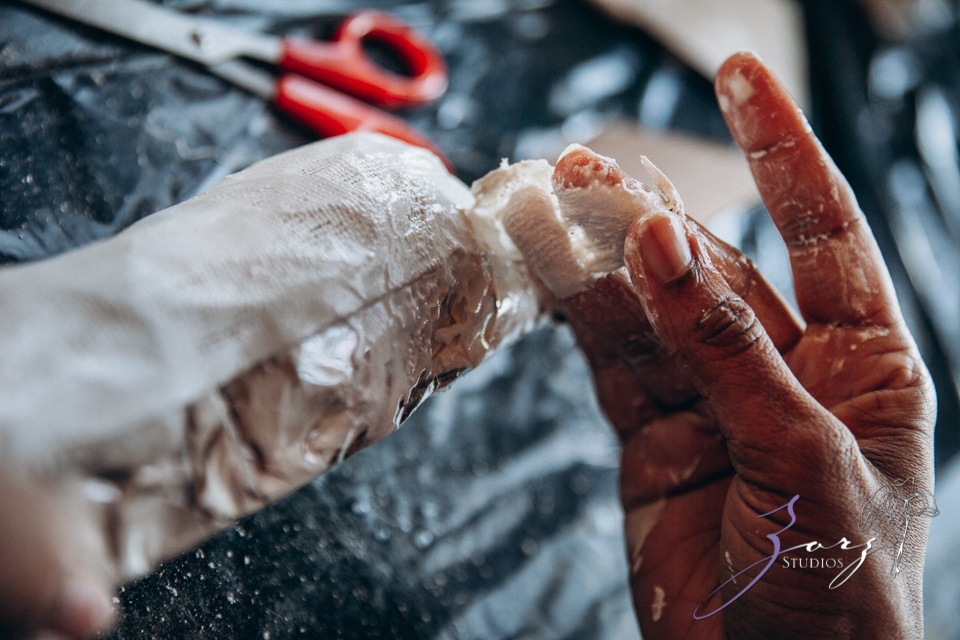
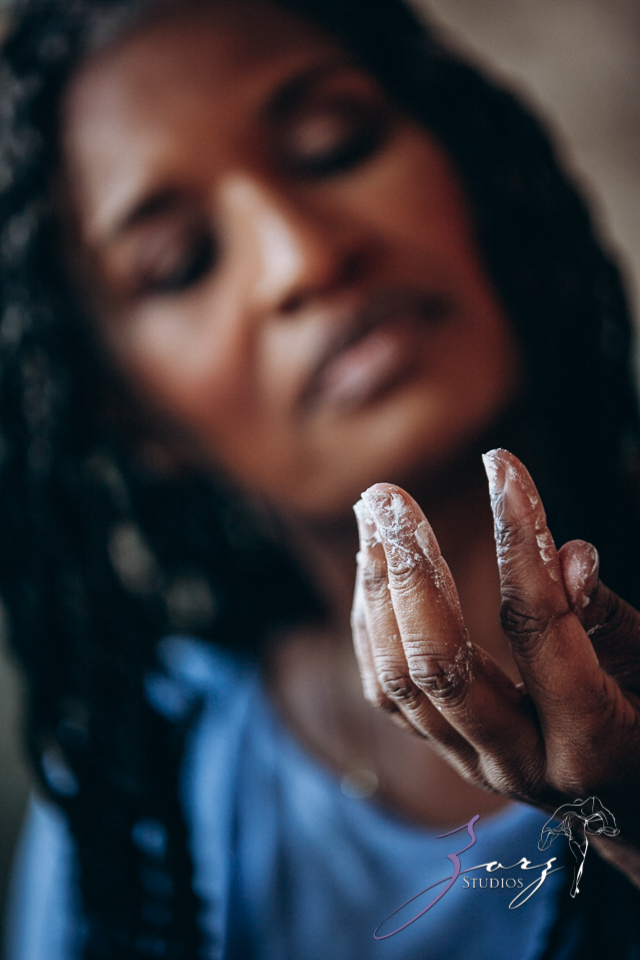

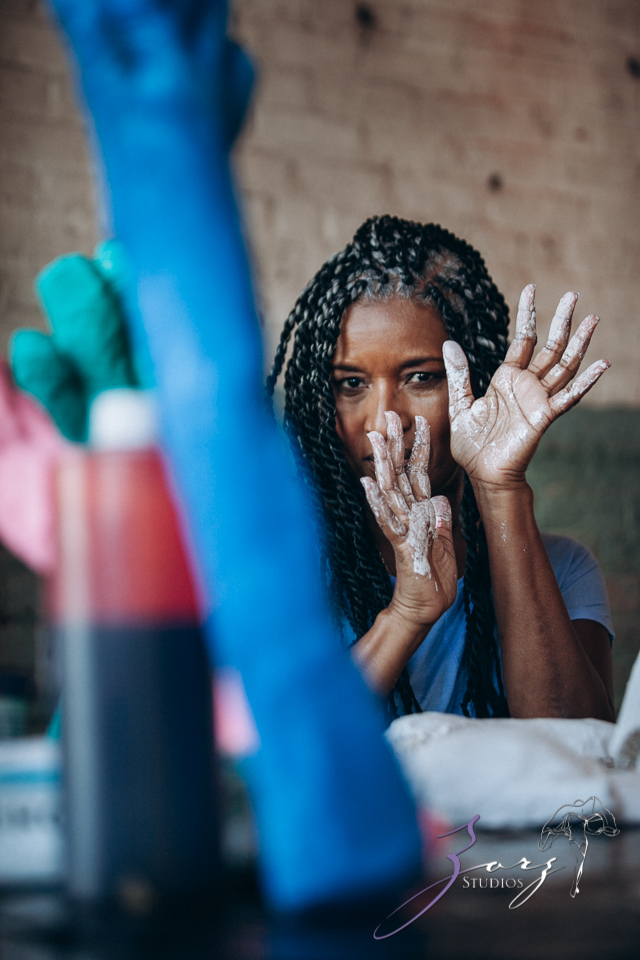

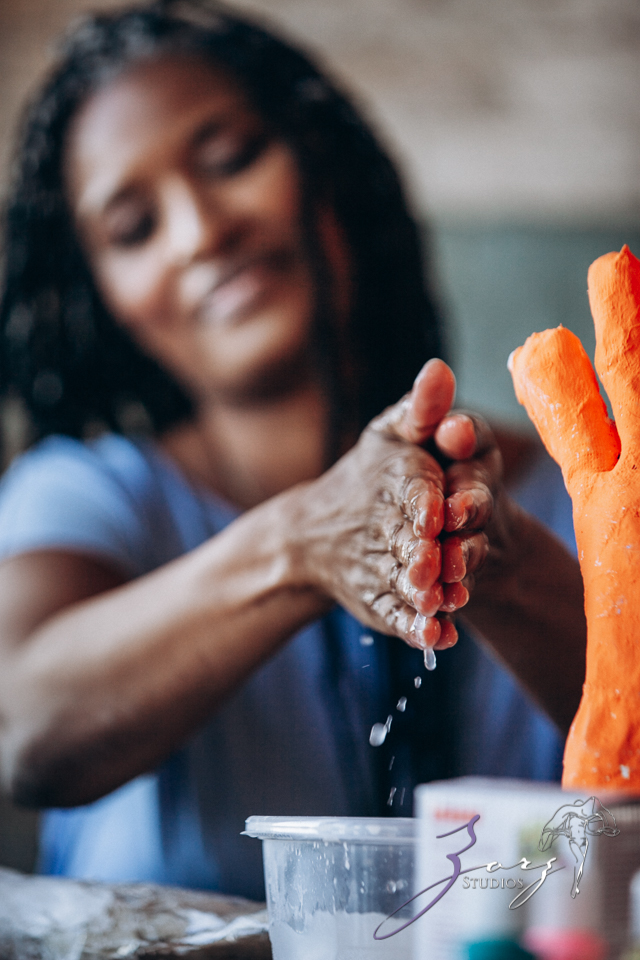
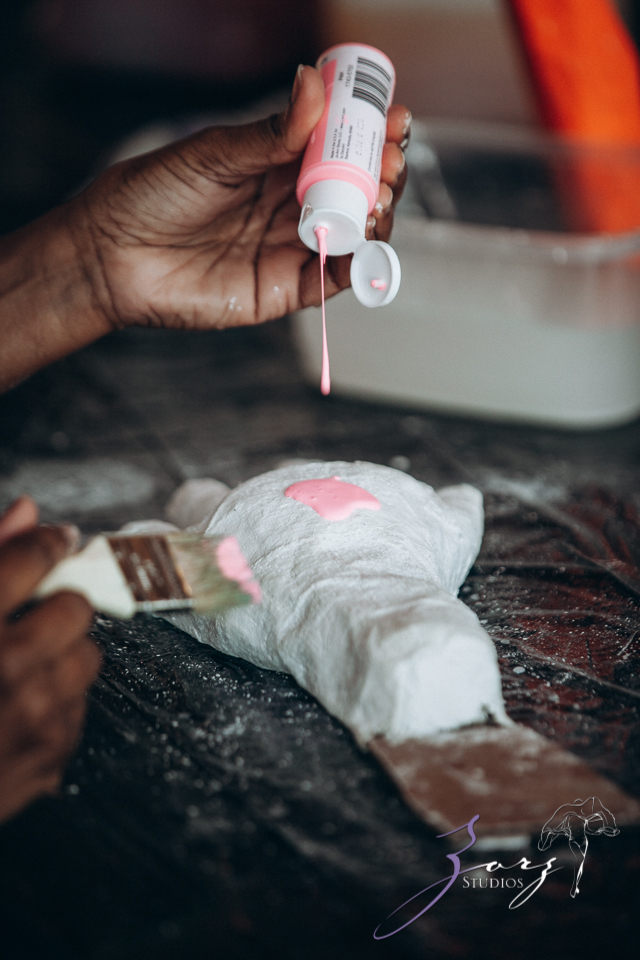
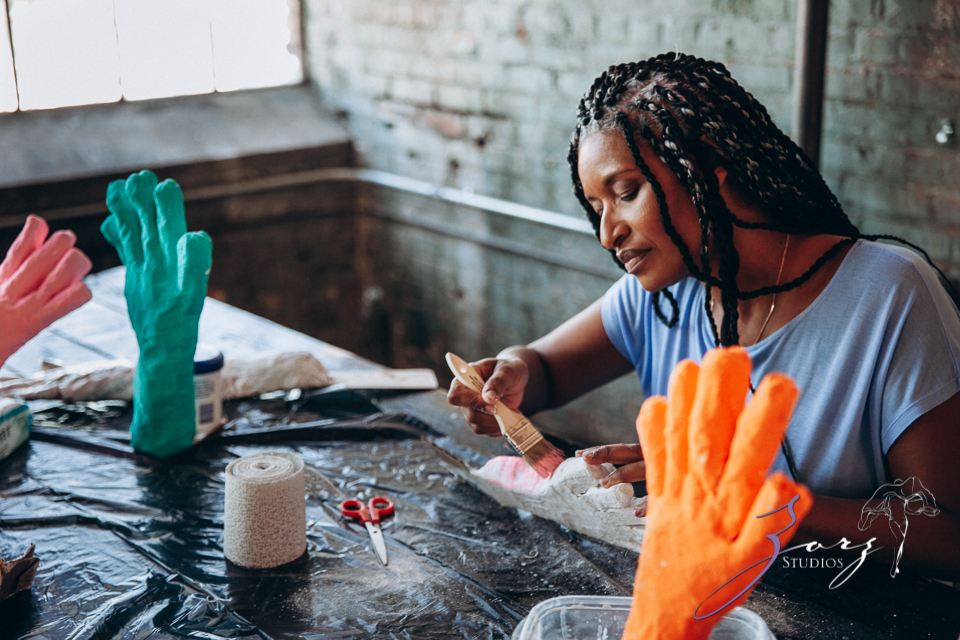
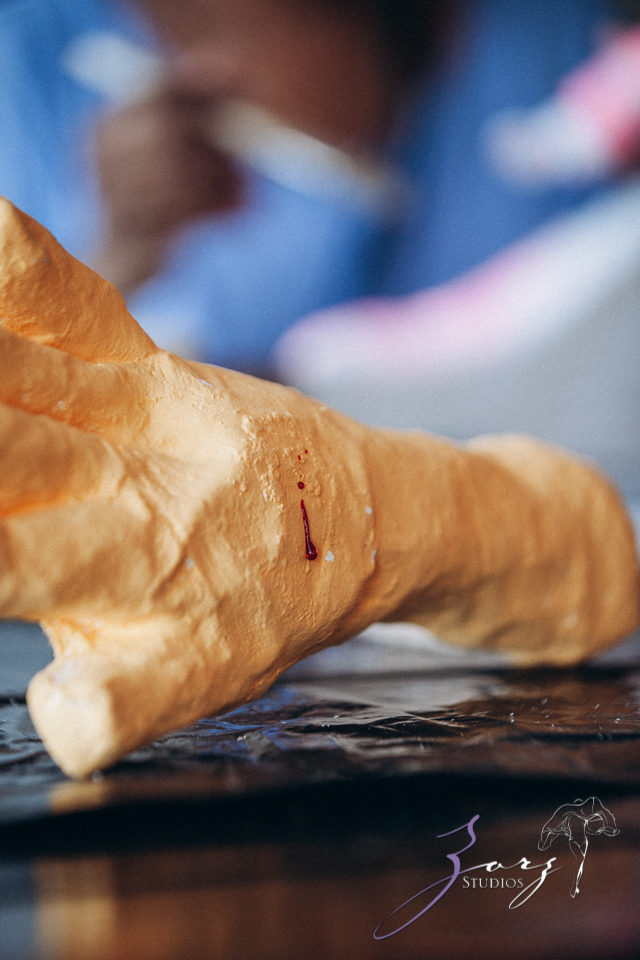
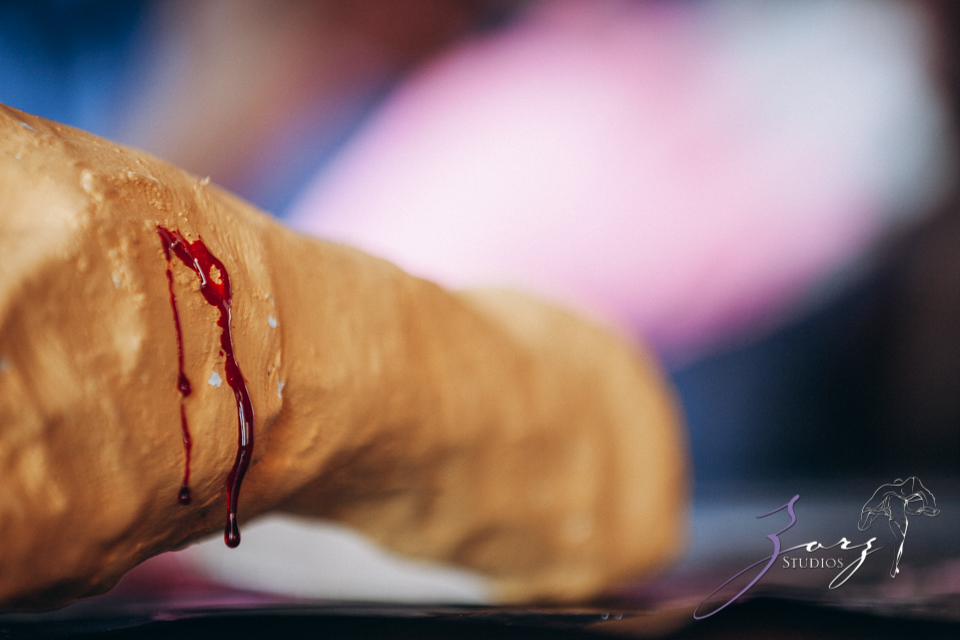
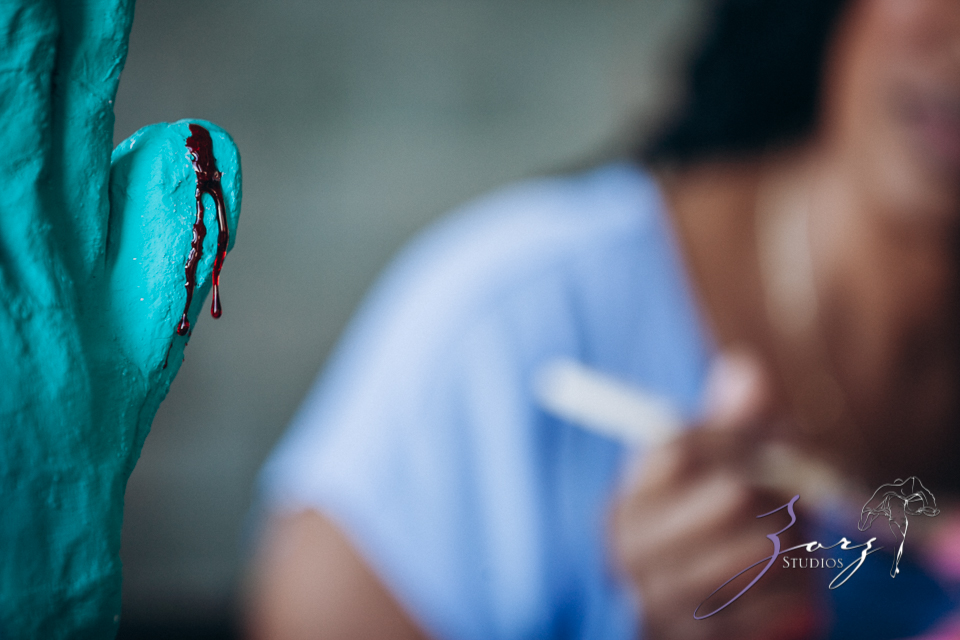
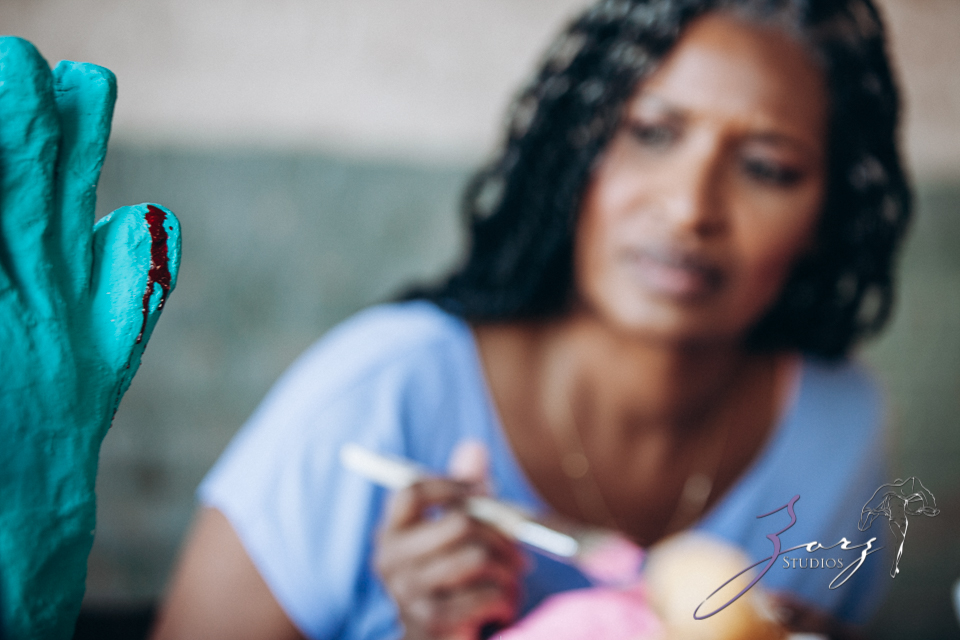
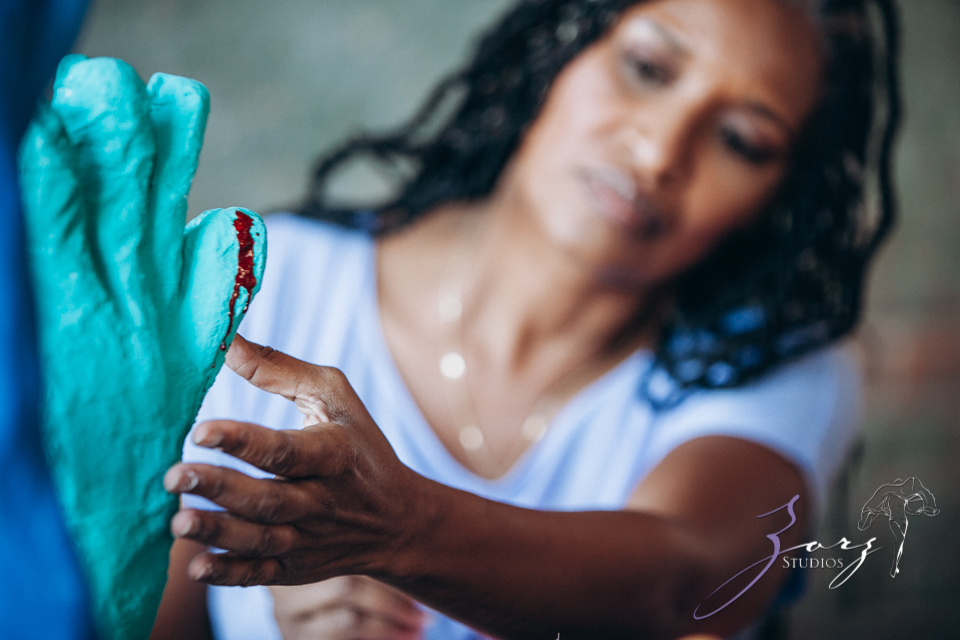
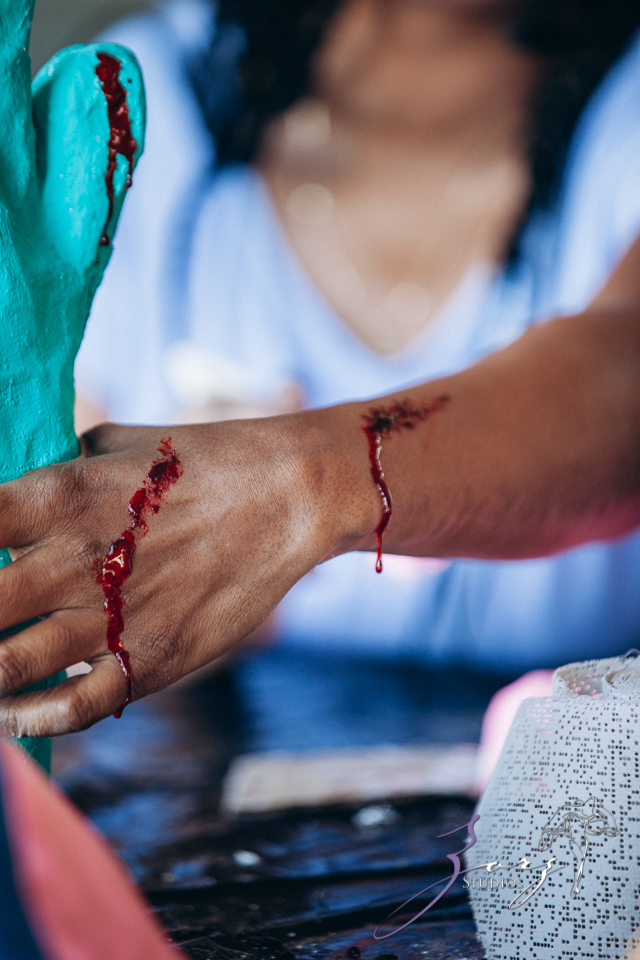
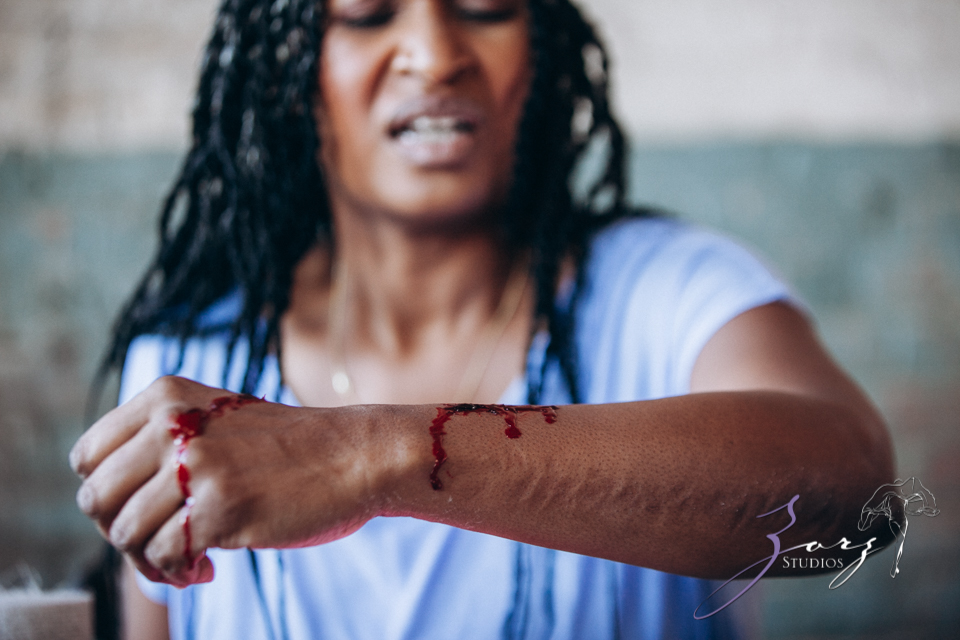

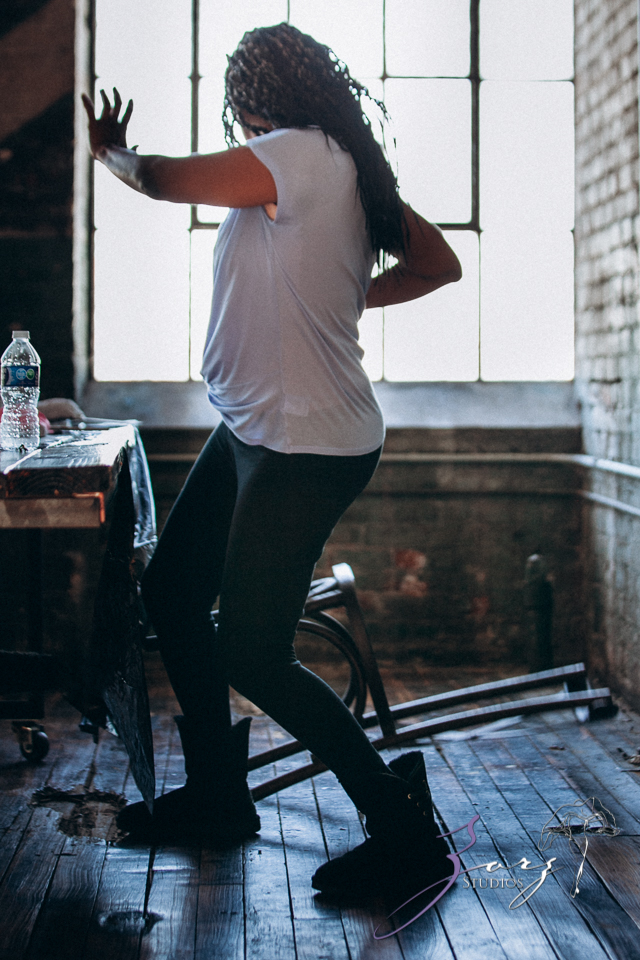
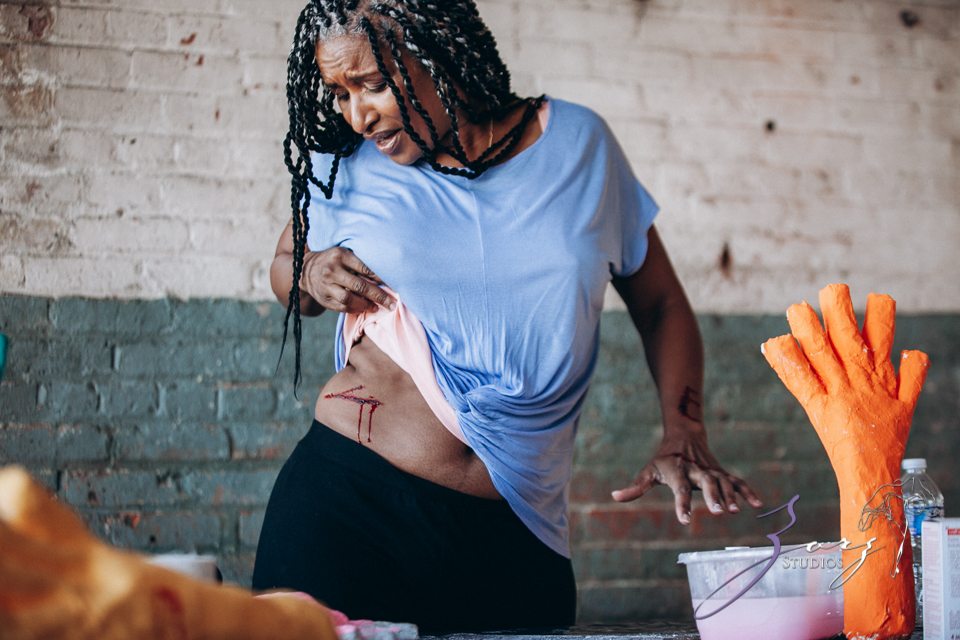
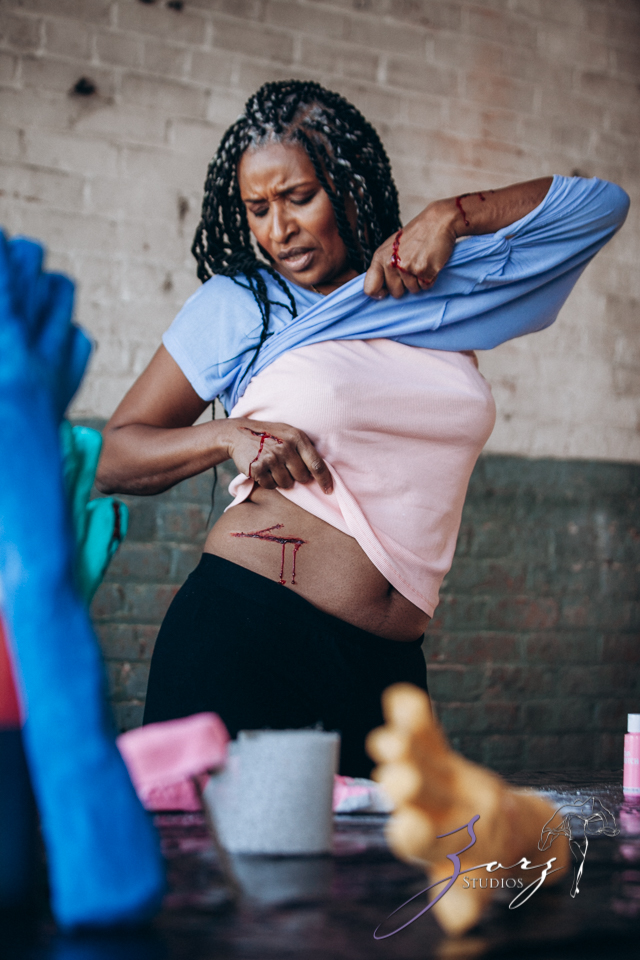
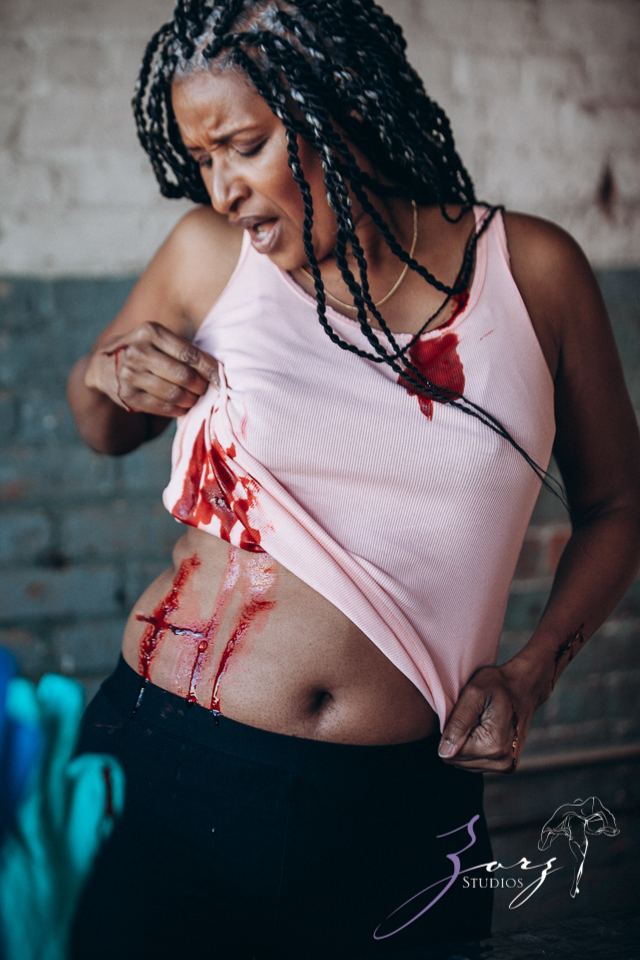
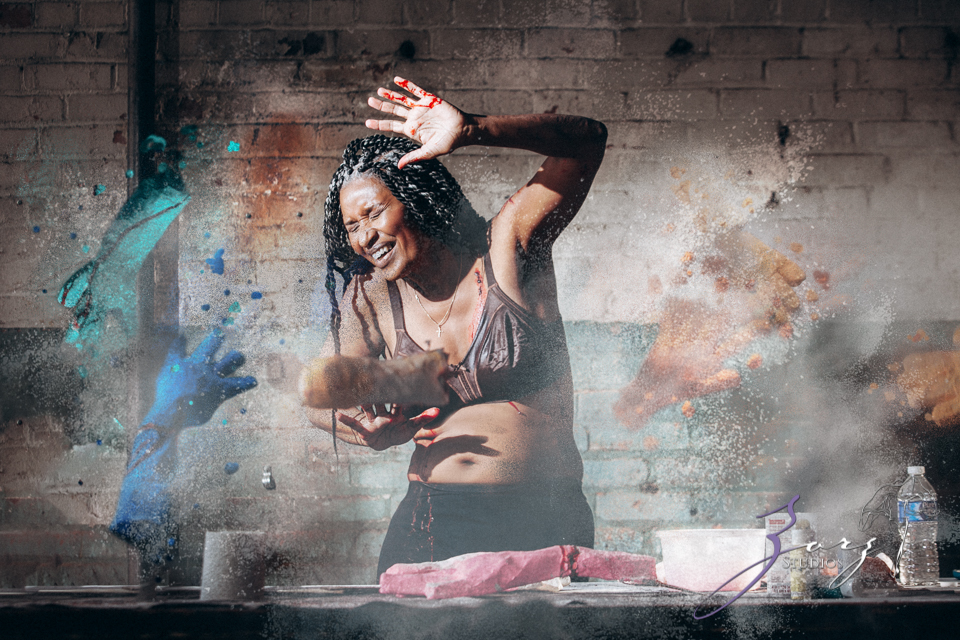
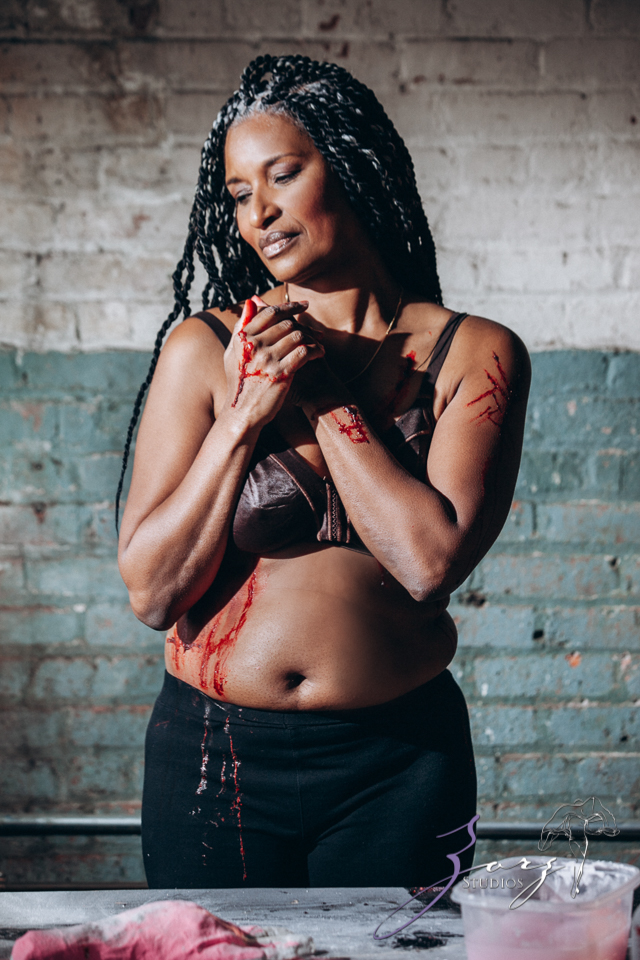
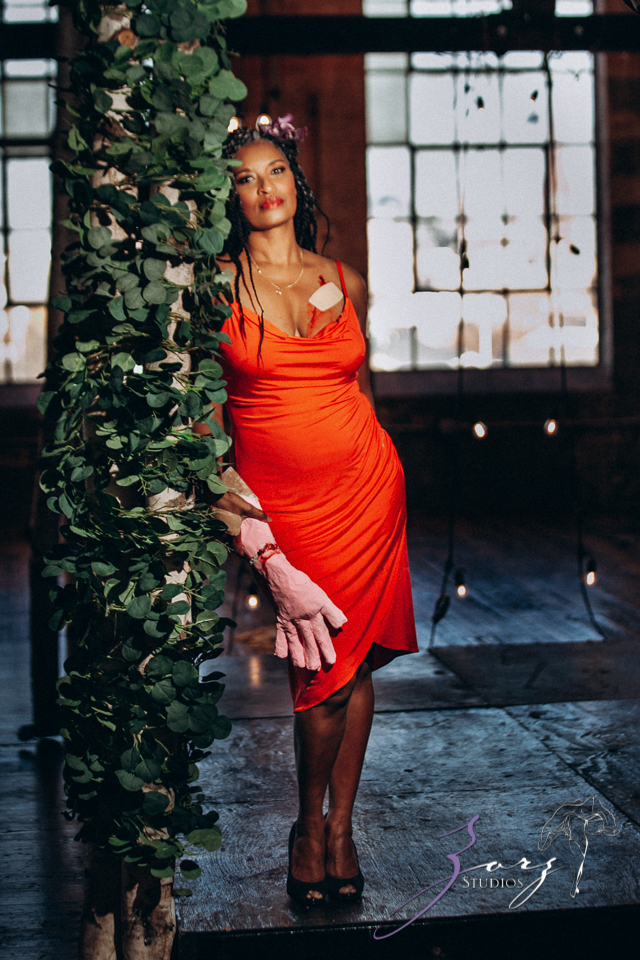
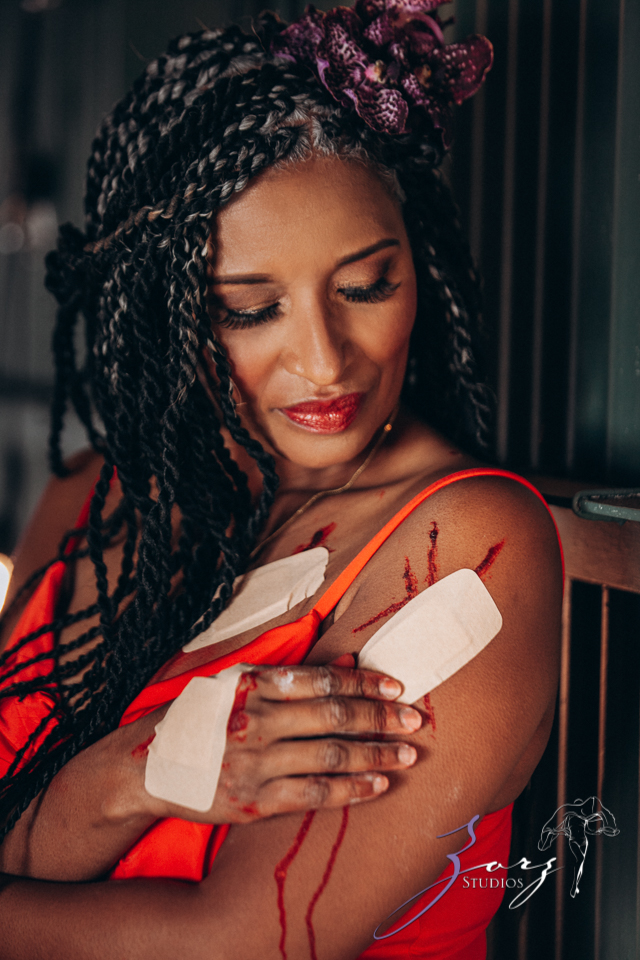


Understanding the Risks of Self-Harm
Self-harm is a dangerous behavior that can have serious physical and emotional consequences. It can lead to infection and scarring. Depending on the type of self-injury, it can lead to more serious injuries.
The emotional side effects can include guilt, shame, and a sense of worthlessness. It can also lead to more serious mental health issues, such as depression, anxiety, and suicidal thoughts. Self-harm can lead to feelings of isolation and hopelessness, as well as a sense of being out of control. Also, self-harm can be addictive, and the individual may find it difficult to stop even if they want to.
Effective Alternatives to Self-Harm
Self-harm is not a recommended coping strategy for dissociative identity disorder. Instead, it is important to seek professional help to address the underlying causes of the disorder. There are many effective alternatives to self-harm that can be used to cope with the symptoms of dissociative identity disorder. These include talking to a therapist, engaging in relaxation techniques such as deep breathing or meditation, journaling, and engaging in activities that can help to reduce stress and provide emotional support, such as talking to friends and family, engaging in hobbies, or participating in support groups.
How to Find Professional Help for DID
If you or someone you know is struggling with dissociative identity disorder, it is important to seek professional help. A trained mental health professional can help to diagnose and treat the disorder, as well as provide support and guidance on developing healthier coping strategies. It is also important to remember that recovery from dissociative identity disorder is possible, and with the right help, it is possible to live a full and healthy life.
Credits
The session would not be possible without help of my long-time friend and makeup artist, Vesta. Her theatrical and special effects background were invaluable. Besides the FX niche, she’s a fabulous makeup artist, thrilling both brides and creative portrait clients, like another recent shoot we did for a weed professional. The last segment of the shoot was all about glamor, and vesta rocked it.
Since Celeste does not have own studio and creates her art at home which she chose not to use, we rented a vast space at the Art Factory Studios in Paterson, NJ, home to cool setups for both individual photoshoots and events, big and small.
Behind the Scenes
Here’s a quick video from behind the scenes:
See that fierce blog cover with things flying around? That’s what I had in mind but fulfilling the vision turned problematic. Here’s Vest trying to throw pieces of hands and powder into the frame. I ended up Photoshopping the vision…
Lastly, here’s what Celeste wrote to me after viewing the final images:
It was also wonderful working with you. I loved that you allowed me to truly express myself in the way I wanted. You took a part of me that people run from and embraced it to show it in a beautiful way. This was my absolute favorite shoot 🙂



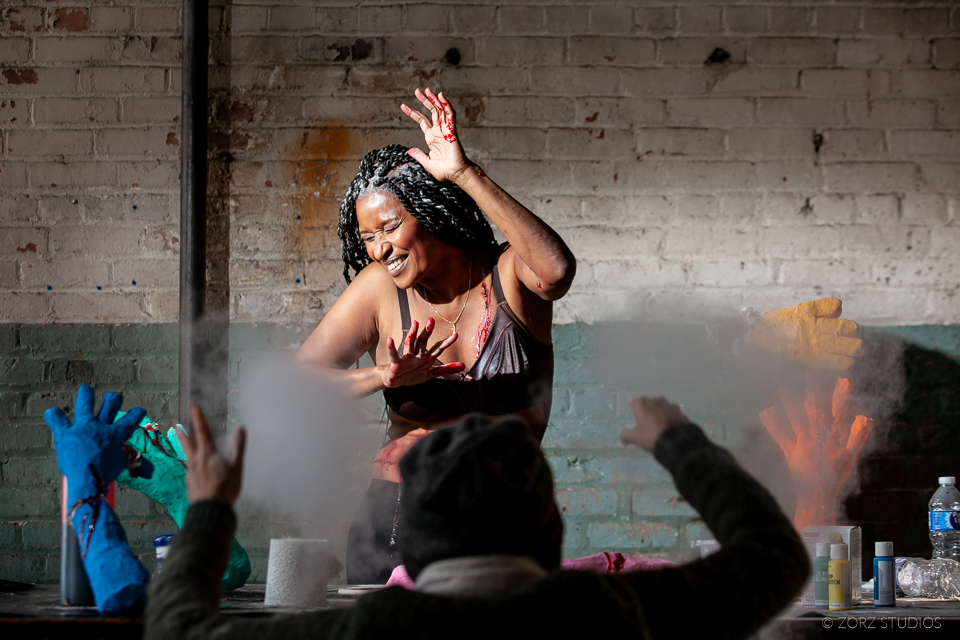




2 Comments
Love this therapeutic shoot.
Blog cover is fantastic.
Great story.
Powerful woman.
Thank you sooo much for your support, Katlyn!